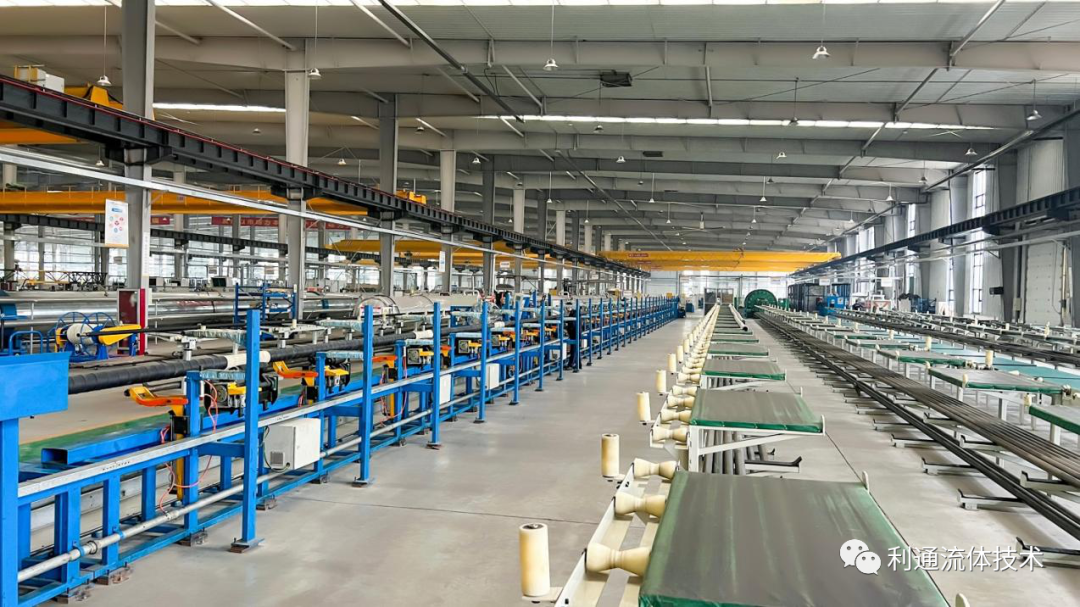Hydrogenation Hose With 10,000 Damage-Repair Cycles
2023-02-27 09:36:35
Hydrogenation is the process by which liquid hydrocarbons are converted to gaseous hydrogen. It is a valuable source of energy in the energy industry and also has many other applications. It is used in many applications, including in the production of fuel cell and transportation of crude oil.
Hydrogen filling hose, refrigerant filling hose
High pressure hoses are required to withstand high levels of oxidation and abrasion when hydrogen is used in fuel cells or transporting crude oil. These hoses must also be very durable so they can withstand repeated damage and repair cycles over a long time.
Using a hose that is susceptible to cracking after a certain number of damage-repair cycles can result in increased operational expenses and lost productivity, according to researchers at Sandia National Laboratories and Savannah River National Laboratory. The scientists have developed a hydrogen dispenser hose that can withstand up to 10,000 damage-repair cycles under temperature ranges of 158 degrees and 40 degrees below zero.
The hose is made of vulcanized hydronBR rubber compound, which is heat and oil-resistant. It can withstand high pressure and heat from hydrogen refueling. It can be used for fueling nozzles, dispensers, and vehicle on-board systems.
In addition, the hose is resistant to the corrosive effects of hydrogen and oil and can be used in environments such as marine applications. This makes it an ideal choice for such applications.
It is essential to have a reinforced rubber tube hose that can withstand high pressure and heat during the hydrogen refueling process. This will ensure safety, durability, as well as ease of maintenance. The hose is formed from a double-layer structure that includes an inner-tube outside layer and an inner-tube inside layer, each of which is composed of a composition of vulcanized diene rubber.
This creates a stronger bond between the outer layer and inner-tube layer. It also prevents oxidation and abrasion.
Additionally, the hose is also very flexible and resistant to weather conditions. It can withstand 210 lbs of tension.
The hose is also resistant to static electricity buildup. Its metallic braid dissipates static electricity, and the extra tough cover is abrasion resistant.
It is also very easy to crimp, and it has a relatively low permeation rate. The hose is made of a vulcanized hydro-NBR rubber that is highly resistant to heat and oil, so it can be used in a variety of applications.
The hose is able to withstand the high pressure and heat of the fueling process and has a tensile strength of 210 lbs. It was tested and found that it could be crimped at 70 MPa. This is more than the hose's original design value of 133 lbs.